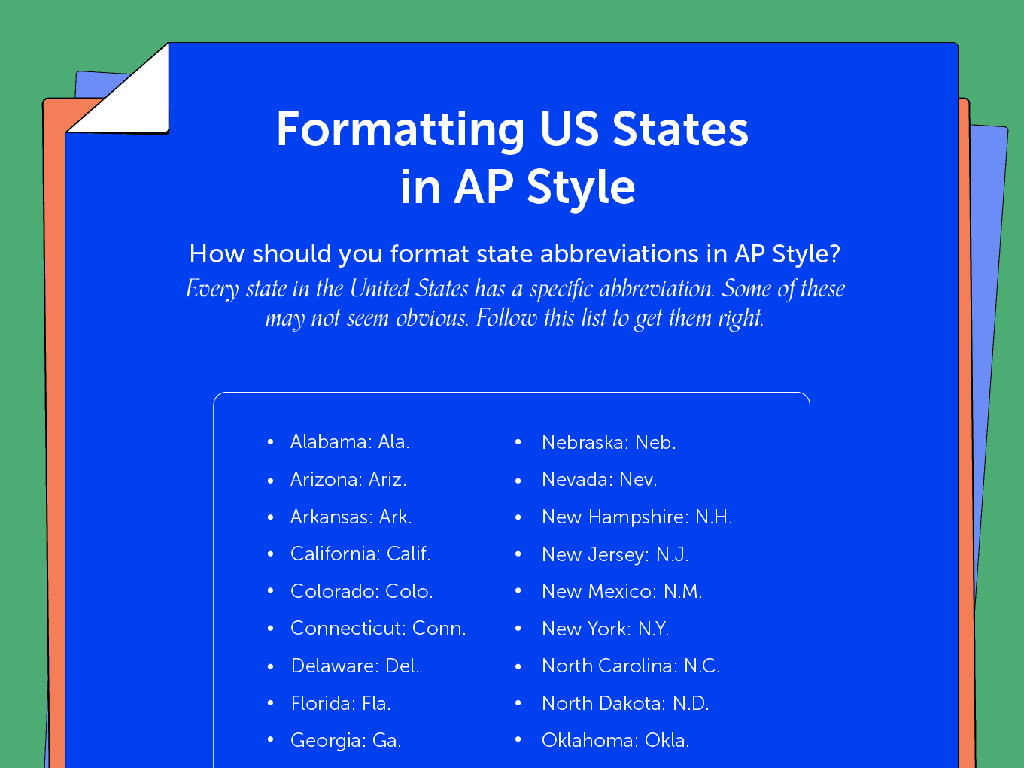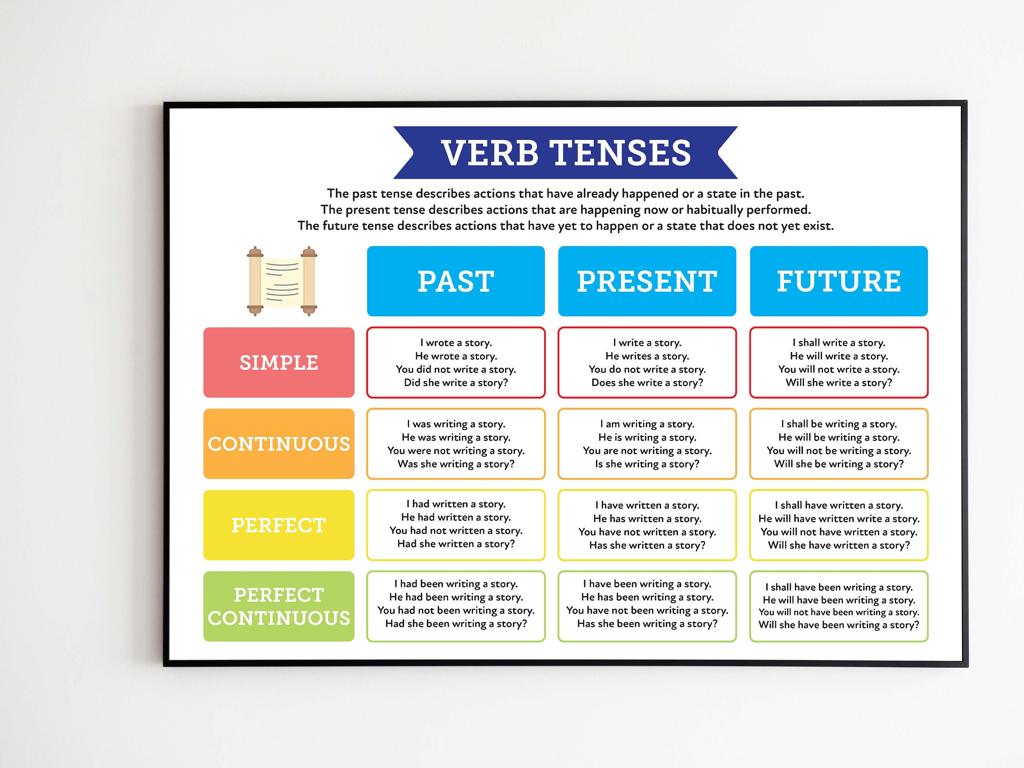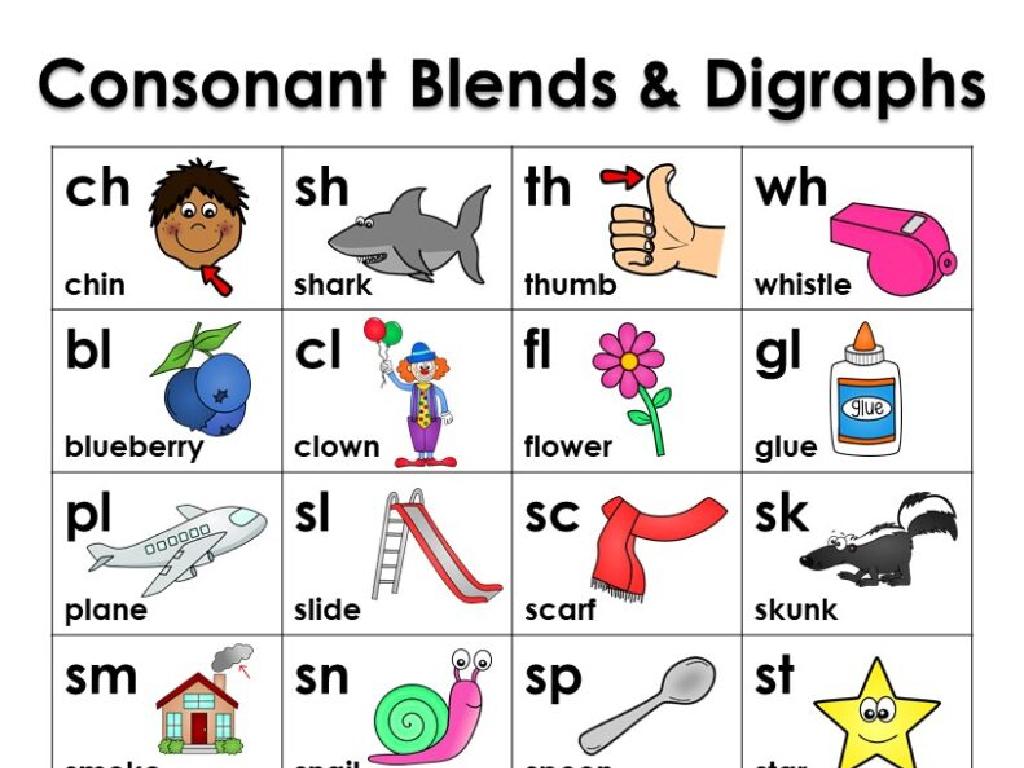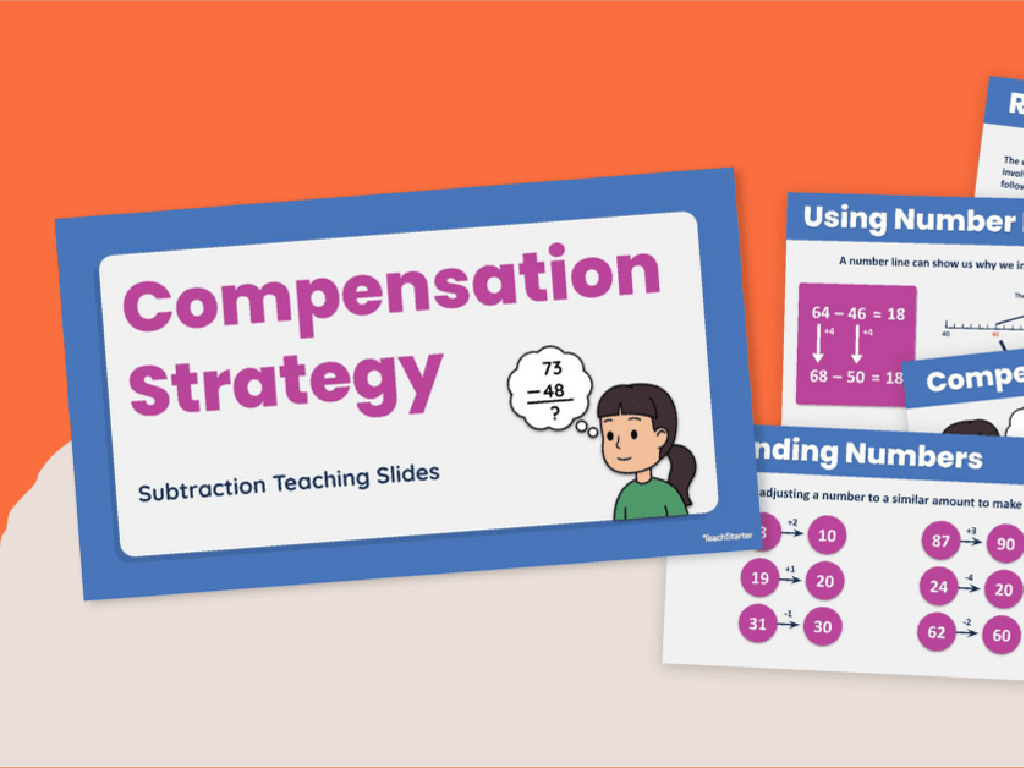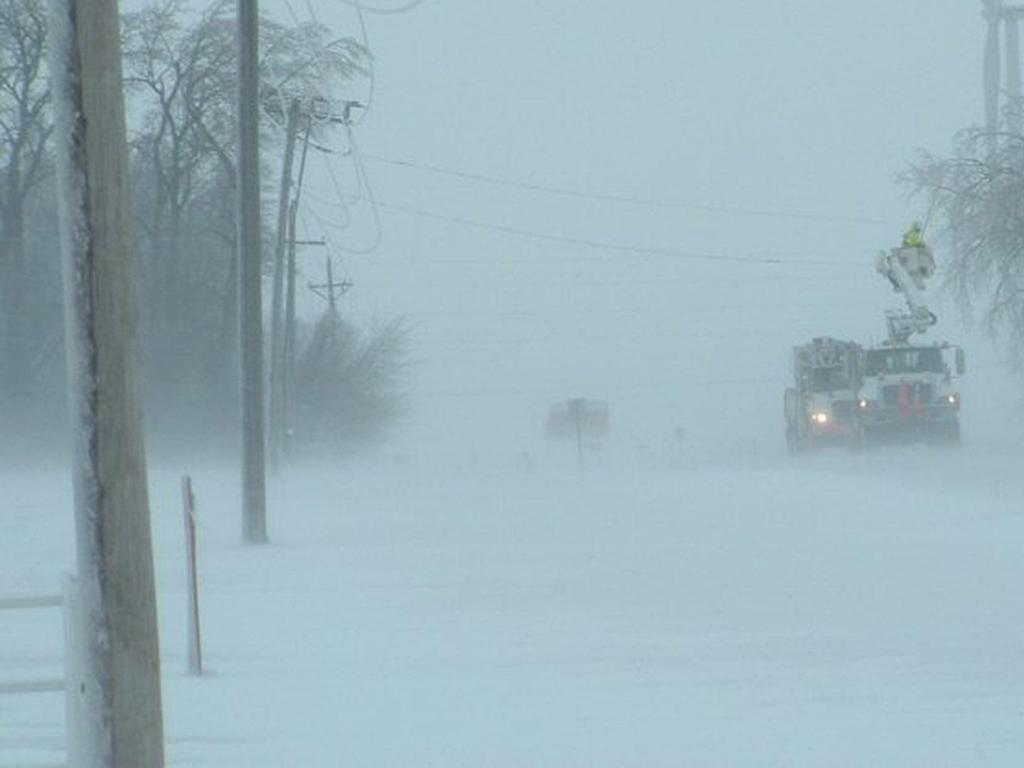Read Sight Words Set 2: Are, Green, On, Please, They
Subject: Language arts
Grade: Kindergarten
Topic: Sight Words
Please LOG IN to download the presentation. Access is available to registered users only.
View More Content
Welcome to Sight Words!
– Today’s new sight words
– are, green, on, please, they
– Why sight words matter
– Our 5 new words: are, green, on, please, they
– Use them in sentences like ‘They are on the green mat, please.’
– Practice makes perfect
– We’ll practice these words to remember them easily
|
This slide introduces kindergarteners to the concept of sight words, which are commonly used words that young readers should recognize instantly. Emphasize the importance of sight words in achieving reading fluency. Introduce the five new sight words for the day and encourage students to notice these words in their daily reading. Provide examples of how these words can be used in simple sentences. Plan activities where students can practice these words in a fun and engaging way, such as word bingo, flashcards, or matching games. The goal is for students to be able to recognize and read these words without hesitation.
Sight Words Set 2: Learning to Read Faster!
– What are sight words?
– Words we often see and should remember
– Sight words are special
– They can be tricky because they don’t always follow spelling rules
– Memorize for faster reading
– Knowing sight words helps us read smoothly without stopping
– Practice with sentences
– Let’s use ‘are’, ‘green’, ‘on’, ‘please’, ‘they’ in full sentences
|
This slide introduces the concept of sight words to Kindergarten students, emphasizing their importance in reading fluency. Sight words are common words that appear frequently in text and may not follow standard phonetic rules, making them challenging for early readers. By memorizing sight words, students can recognize them quickly without needing to decode them each time, which aids in reading sentences more fluently. Encourage students to practice these words in the context of sentences to reinforce their understanding. For example, ‘They are on the green mat, please.’ This approach helps students to not only recognize the words but also understand their usage.
Our First Sight Word: ‘are’
– ‘are’ is a common sight word
– Used often in sentences
– Example: ‘You are smart.’
– Shows being or existence, as in ‘They are happy.’
– Practice saying: ‘are’
– Repeat it to remember it better!
|
The word ‘are’ is a fundamental sight word for Kindergarten students and is frequently used in everyday language. It helps to form the present tense of ‘to be’ for plural subjects. Start the lesson by pronouncing the word ‘are’ clearly and ask the students to repeat after you several times. Use the example sentence to show the word in context and encourage the children to come up with their own sentences using ‘are’. Make sure to praise their efforts to build confidence. For homework, they could find and write down two sentences that use the word ‘are’ from books at home or from conversation with their family.
Green Like the Leaves: Learning ‘green’
– ‘Green’ is a sight word
– It’s the color of grass and leaves
– Example sentence: ‘The leaves are green’
– Use this sentence to remember what ‘green’ looks like
– Classroom green hunt activity
– Find and point out green objects around us
|
This slide introduces the sight word ‘green’ to Kindergarten students. Start by explaining that ‘green’ is a word they will see often when reading and it’s a color word. Show them examples of green objects like grass and leaves to visually reinforce the word. Use the example sentence to help them connect the word to its meaning in context. For the classroom activity, encourage the children to look around the classroom and find items that are green, which will help them remember the word through an interactive and fun exercise. This activity also enhances their observational skills and allows them to apply their understanding of the sight word in a practical setting.
A Place to Be: ‘on’
– ‘On’ shows something is above and touching
– Like a hat sitting on your head
– Example: ‘The book is on the table.’
– Demonstrates the word ‘on’ in a simple sentence
– Activity: Place hands on your head
– A fun way to remember how to use ‘on’
|
This slide introduces the sight word ‘on’ to Kindergarten students. Start by explaining that ‘on’ is used to indicate that something is above something else and is touching it. Use the example ‘The book is on the table.’ to illustrate this concept. Then, engage the students in a simple activity where they place their hands on their heads to reinforce the meaning of ‘on’. This kinesthetic activity helps them remember the word through action. Encourage the children to come up with other examples of things that can be ‘on’ something else to further solidify their understanding.
Using the Magic Word: ‘Please’
– ‘Please’ shows good manners
– Use ‘please’ when asking for something
– Example: Asking for a pencil nicely
– ‘May I have a pencil, please?’ shows respect.
– Practice saying ‘please’ with a smile
– A smile makes ‘please’ even more polite!
|
This slide introduces the sight word ‘please’ and emphasizes its importance in polite conversation. Teach the children that using ‘please’ is a way to show good manners when they want something. Provide examples of how to use ‘please’ in a sentence, such as when asking for a pencil or a turn on the swing. Encourage the children to always pair the word ‘please’ with a smile to show friendliness. During the practice, have the children say ‘please’ in various scenarios, reinforcing the word’s pronunciation and use. This activity not only helps with sight word recognition but also instills good manners.
Talking About Others: ‘they’
– ‘They’ refers to a group
– When we talk about more than one person, we use ‘they’.
– Example: ‘They are playing’
– Like in ‘They are playing tag’, ‘they’ means more than one friend.
– Use ‘they’ for many people
– In class, when we see two or more friends together, we can say ‘they’.
– Who in class can be ‘they’?
– Think of a time when you could use ‘they’ to talk about classmates.
|
The slide introduces the sight word ‘they’ and explains its use in the context of referring to multiple people. Start by explaining that ‘they’ is a word used when talking about more than one person. Use the example provided to illustrate how ‘they’ is used in a sentence. Encourage the children to think of groups in the classroom, such as friends playing together or sitting at the same table, and how they can refer to these groups as ‘they’. This will help them understand the concept of plurality and the appropriate use of the word ‘they’. Have the children come up with their own sentences using ‘they’ to describe various groups in the classroom.
Let’s Practice Reading Sentences with Sight Words
– Listen to sentences with new words
– Pay attention to ‘are’, ‘green’, ‘on’, ‘please’, ‘they’
– Follow along as I read aloud
– Point to each word on the board as I say them
– Now you read with me!
– Try to read the words together in the sentence
|
This slide is designed to engage the students in active reading and listening. Start by reading sentences that include the sight words ‘are’, ‘green’, ‘on’, ‘please’, ‘they’ to the class, ensuring to enunciate each word clearly. Have the students follow along by pointing to the words on their own or on a shared reading space. After demonstrating, invite the students to read the sentences aloud with you. This will help reinforce their recognition and understanding of the sight words in context. Encourage participation and provide positive feedback to build their confidence. Prepare a few sentences in advance that use these sight words in a simple and familiar context for the children.
Class Activity: Sight Word Hunt
– Let’s hunt for sight words
– Find objects with sight words
– Look for ‘are’, ‘green’, ‘on’, ‘please’, ‘they’
– Say the word when you find it
– Practice pronunciation with classmates
– Have fun learning new words
|
This interactive activity is designed to help Kindergarten students recognize and read sight words in a fun and engaging way. Scatter various objects or pictures around the classroom that have the sight words ‘are’, ‘green’, ‘on’, ‘please’, ‘they’ on them. Encourage the children to search for these items and say the sight word out loud when they find one. This will help them associate the word with the object and reinforce their memory of the word. For example, they might find a green crayon and say ‘green’, or a sign that says ‘please’ and say ‘please’. Make sure to supervise the activity to ensure every child is participating and correctly identifying the words. After the hunt, gather the students and review the words they found, praising their efforts and correcting any mispronunciations.
Great Job Today!
– Learned 5 new sight words
– Practice them at home
– Try using them in sentences
– Celebrate your hard work
– You’ve done a fantastic job today
– Clap for yourselves!
– Let’s give a big round of applause!
|
This slide is a positive reinforcement for the students, acknowledging their effort in learning new sight words. It’s important to encourage them to continue practicing at home to reinforce their memory. Suggest to parents to help their children use the words in simple sentences or find them in their favorite books. Celebrating their success in class with a round of applause will boost their confidence and enjoyment in learning. For the next class, prepare a small activity where they can use these words creatively, like drawing a picture and labeling it with the sight words.

